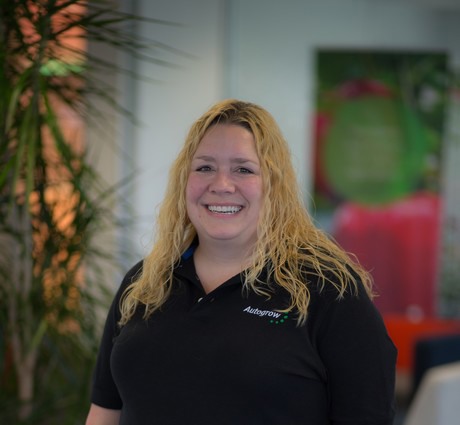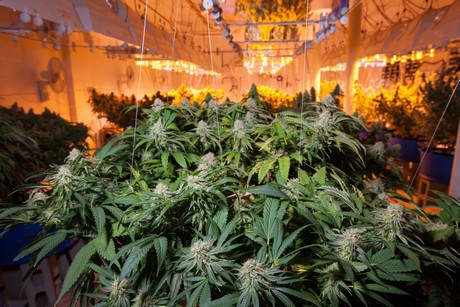The cannabis plant has had a peculiar history, compared to other crops. “There has been and still is a sort of mysticness about the plant,” says Autogrow expert Kelley Nicholson, a specialist with over 20-years’ experience in the cannabis industry. “The old story goes that this is the magical plant that doesn’t grow like any other plant: that’s what happens when you make the plant illegal for so many years.”
Uncharted territory
Then, the cannabis industry got regulated and growers found themselves in uncharted territory. “The cannabis industry is a subsector of horticulture, where there has been knowledge for centuries on how to grow the best crop,” Kelley explains. “So, horticulture experts don’t want to agree with traditional cannabis growers on how special the cannabis plant is. There is this mystic aura surrounding cannabis cultivation, that some growers have a hard time to fully let go. Yes, the cannabis plant has some special requirements compared to other crops. Yet, at the end of the day, we are always talking about large-scale cultivation.”
 Kelley Nicholson
Kelley Nicholson
Exactly because of that, some growers experienced difficulties when they transitioned to the legal industry. “Labor is surely one of the biggest challenges,” Kelley continues. “Being used to growing in rather small settings, growers have to fully understand how many people they need. There are some smaller growers that have one or two rooms, for instance, and they have three or four employees. But if you design a large-scale facility properly, you can totally run it with six or seven employees.”
The key: efficiency
In order to achieve such a result, efficiency is key. “It all comes down to efficiency,” Kelley remarks. “It is important to design a facility that makes human flow easy, as well as maximize the space: don’t put too many plants into it, creating a situation where you need more space, more people, and eventually overlook the harvest.” This is because it is quite logical that the more plants there are, the more the harvest will cost. “The harvest isn’t anyway the only aspect that gets overlooked a lot,” Kelley points out. “Another part is irrigation practices: there are some growers that still want to do hand watering, which is extremely time consuming. Efficiency needs to be the top priority, always. I think there is a thought that the higher the yields, the higher the profits, and that’s why some growers put in so many plants. I have seen multiple stack grows that were implemented without considering the employees, how they move properly and give attention to each plant, resulting in the plants at the top of the rack lacking attention: at the end of the day, this leads to higher cost and lower profit.”
Automation
As the horticulture industry has been doing for decades, the answer to achieving efficiency is through automation, and that’s where Autogrow’s expertise lies. “Thanks to our sensors deployed in the most critical parts of the facility, we can manage the environment through HVAC systems, heaters, lights, fans; we can manage CO2 levels, nutrient management and so on. This allows, among other things, to do precise irrigation, making sure to not waste any water. Thanks to our moisture sensor, it is possible to precisely know what the moisture level is, and thus program the irrigation accordingly: the difference in yield is simply outrageous.”

Using such sensors allows for cohesiveness between the equipment. “In this way, everything that factors into an indoor grow would be connected. On top of this, these sensors gather data, which is of the utmost importance to improve efficiency.”
As a change in federal legislation is kind of expected to come in the near/not-so-near future, Kelley believes that there will always be those boutique growers that produce a premium quality product. “And that’s exactly where Autogrow fits,” she adds. “We specialize in boutique growers: when there is an indoor facility growing a high-end flower, that’s exactly where we come into play.”

